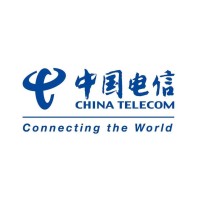
China Telecom Global
About China Telecom Global Limited China Telecom Corporation Limited (“China Telecom”), one of the world’s largest providers of integrated telecommunication services, has been unwaveringly strived to enhance its capabilities in maintaining its global footprints while addressing changing demands. In 2000, China Telecom established its first overseas office. In order to further enhance its global service quality and accelerating overseas business expansion, China Telecom established China Telecom Global Limited in 2012, which is headquartered in Hong Kong, China. China Telecom has not only established its presence in 41 countries and regions, but also now offers services around the world to help global customers accelerate their business transformation journeys. Leveraging its vast network resources of 47 submarine cables with 74T in intercontinental capacity and 223 Points-of-Presence (PoPs) around the world, China Telecom offers a high-performing global network for international carriers, multinational enterprises and overseas Chinese customers. China Telecom delivers a wide portfolio of high quality, integrated communications solutions, including internet direct access, internet transit, data services, broadband, unified communications, internet data centres, cloud computing, ICT services, fixed-line and mobile services, multi-domestic MVNO and global IoT connectivity service, professional services, industry solutions, telecom operation consultancy and service outsourcing. With an agile and forward-looking spirit, innovative products and business models, and industry-leading technologies, China Telecom is dedicated to creating value for its customers in their business transformation, enabling them to achieve business growth, enhance global footprints and maintain competitive edges by digitalisation.






